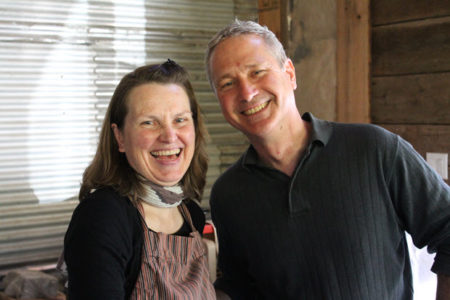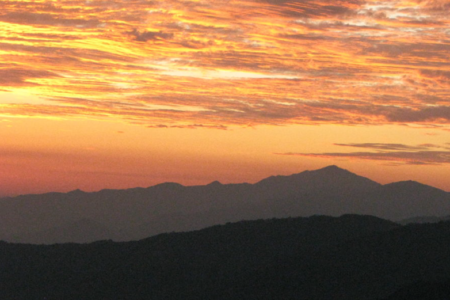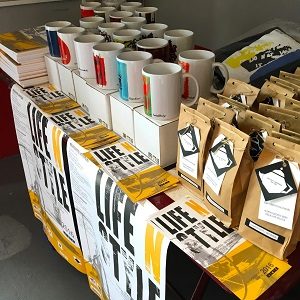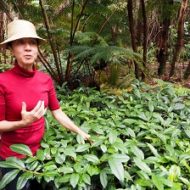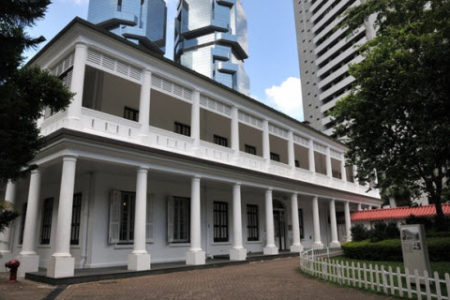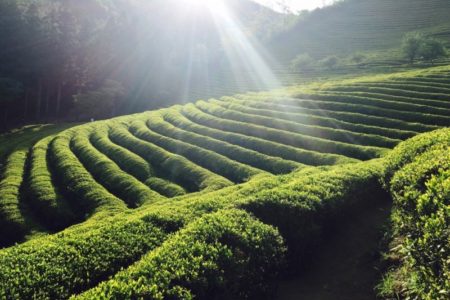HARVEST REVIEW 2016: Indonesia’s Terroir Yields Rare Consistency
There are few seasonal variations for Indonesia’s teas. This is in contrast to areas like Japan or Darjeeling, where extremes in temperature and growing conditions throughout the seasons create drastically different profiles with each harvest.





